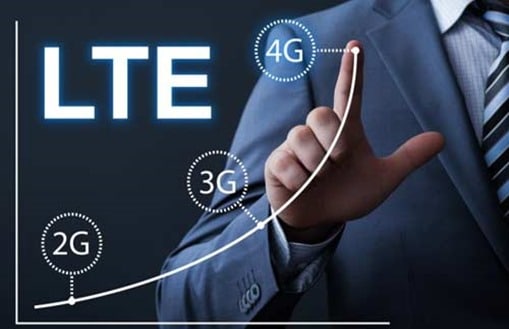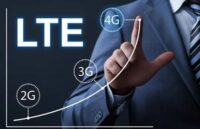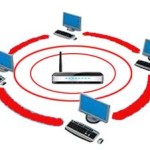 With 5G Mobile network currently rolling out, you may wonder what is the difference between 2G 3G 4G, and 5G mobile networks?
With 5G Mobile network currently rolling out, you may wonder what is the difference between 2G 3G 4G, and 5G mobile networks?
The letter “G” associated with cellular networks stands for Generation. 5G is the fifth and newest generation of cellular network technology.
The speed of the connection depends upon the signal strength that is shown in abbreviations like 2G, 3G, 4G, 5G, etc. on any mobile device.
Each generation of wireless broadband is defined as a set of telephone network standards that describe the technical implementation of the system.
Mobile communication has become more popular in the last few years due to fast reform in mobile technology.
The aim of wireless communication is to provide high quality, reliable communication just like wired communication, and each new generation represents a big improvement in that direction.
For the comparison of 2G, 3G, 4G, and 5G we first need to understand the key features of all these technologies.
Page Contents
Difference between 2G 3G 4G and 5G
Second Generation (2G)
After GPRS the next technology was named EDGE ( Enhanced Data rates for GSM Evolution). This is officially known as 2G.
2G refers to the second generation of mobile networks based on GSM. The radio signals used by 2G networks were digital. 2G capabilities were achieved by allowing multiple users on a single channel. During 2G, cellular phones were used for data along with voice. Some of the key features of 2G were:
::: Data speeds of up to 64 kbps
::: Use of digital signals instead of analog
::: Enabled services such as SMS and MMS (Multimedia Message)
::: Provided better quality voice calls
::: It used a bandwidth of 30 to 200 kHz
This resulted in the development of faster technologies.
Third Generation 3G Mobile Internet
3G (Third Generation mobile communication) technology finally kicked off the mobile Internet to an unprecedented level. With its major speed boost 3G technology made mobile Internet more accessible as a whole.
Today most areas where cellular services are available, are well covered with 3G service, so anyone can access the Internet practically from anywhere.
The 3G third generation standard utilizes Universal Mobile Telecommunications System (UMTS) as its core network architecture.
The 3G network combines new technologies and protocols to deliver a significantly faster data rate. By using packet switching, the original technology was improved to allow speeds up to 14 Mbps. It operates at a range of 2100 MHz and has a bandwidth of 15-20 MHz.
Some of the main features of 3G are:
::: Speed of up to 2 Mbps
::: Increased bandwidth and data transfer rates
::: Send/receive large email messages
::: Large capacities and broadband capabilities
Fourth Generation 4G and LTE Mobile Internet
There is a huge difference between 3G and 4G technology. The main difference between 3G and 4G is the data rate. The most important 4G standards are WiMAX and LTE. While 4G LTE is a major improvement over 3G speeds.
Even after it was widely available, many networks were not up to the required speed of 4G. 4G LTE is a “fourth-generation long-term evolution”, capable of delivering a very fast and secure internet connection. Basically, 4G is the predetermined standard for mobile network connections.
Some of the features of 4G LTE are:
::: Support interactive multimedia, voice, video.
::: High speed, high capacity, and low cost per bit (Speeds of up to 20 Mbps or more.)
::: Global and scalable mobile networks.
::: Ad hoc and multi-hop networks.
4G LTE wireless data service has completely revolutionized wireless data transfer technology, it’s as good as your cable or DSL service providers.
Fifth Generation 5G
With speeds of up to 10 Gbps, 5G is set to be as much as 10 times faster than 4G. One of the biggest differences between 4G and 5G will be peak capacity and latency. Low latency is one of 5G’s most important features.
Another big difference between 4G and 5G is bandwidth size. 5G should be able to support many more devices of the future, in addition to the network demands of connected vehicles and other devices on the Internet.
Conclusion
The comparison of differences between 2G, 3G, 4G, and 5G clearly shows the differences in the technologies. 5G is going to be one of the most ambitious leaps in the history of cell network technologies.
These wireless technologies have been evolving very fast, so we can expect a much faster, better, and stable wireless technology very soon. It has been projected that 5G (5th. generation) technology will become the standard by 2020.

Hello! I am Ben Jamir, Founder, and Author of this blog Tipsnfreeware. I blog about computer tips & tricks, share tested free Software’s, Networking, WordPress tips, SEO tips. If you like my post /Tips then please like and share it with your friends.








